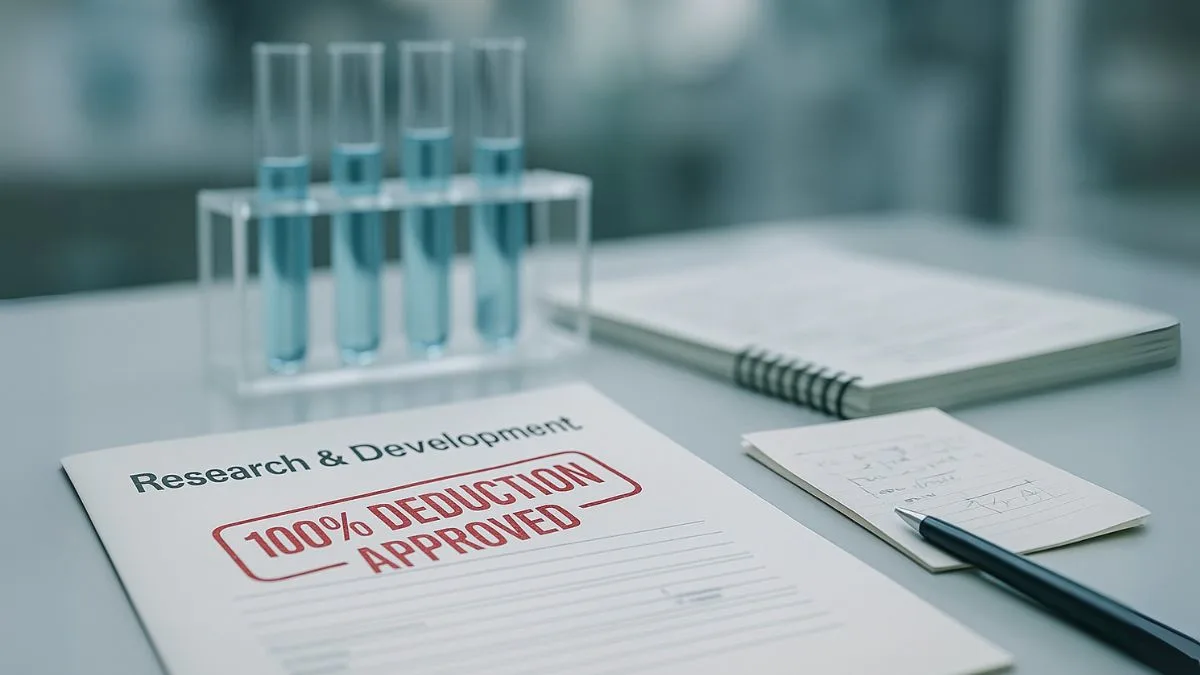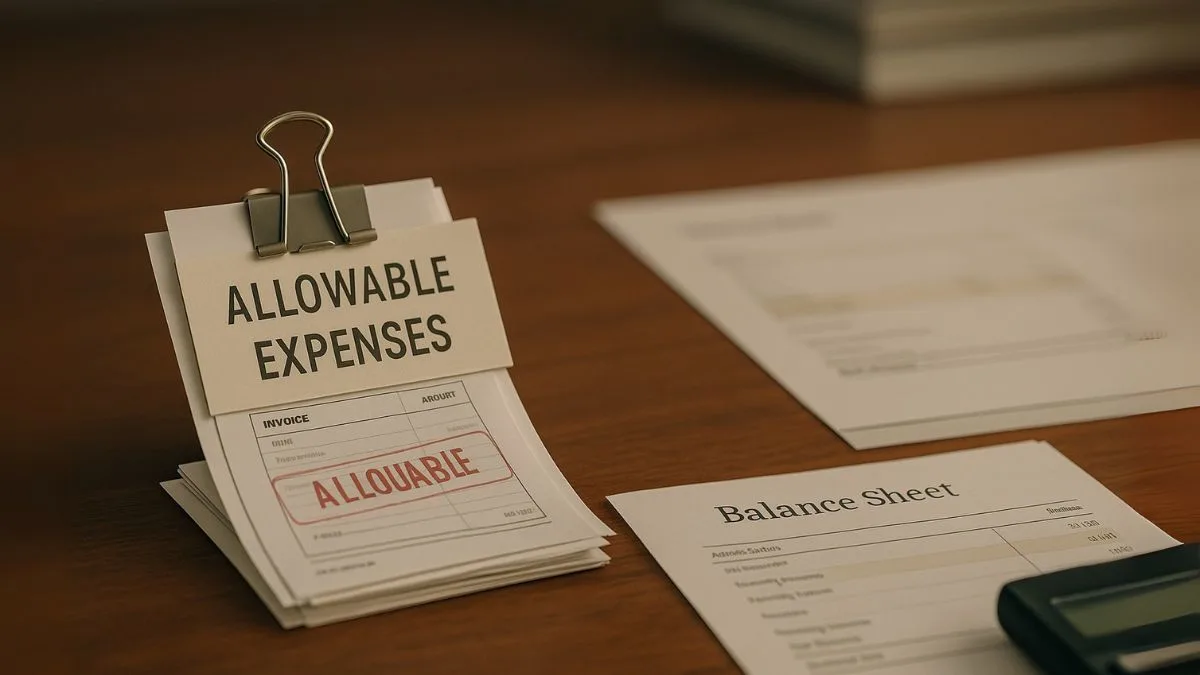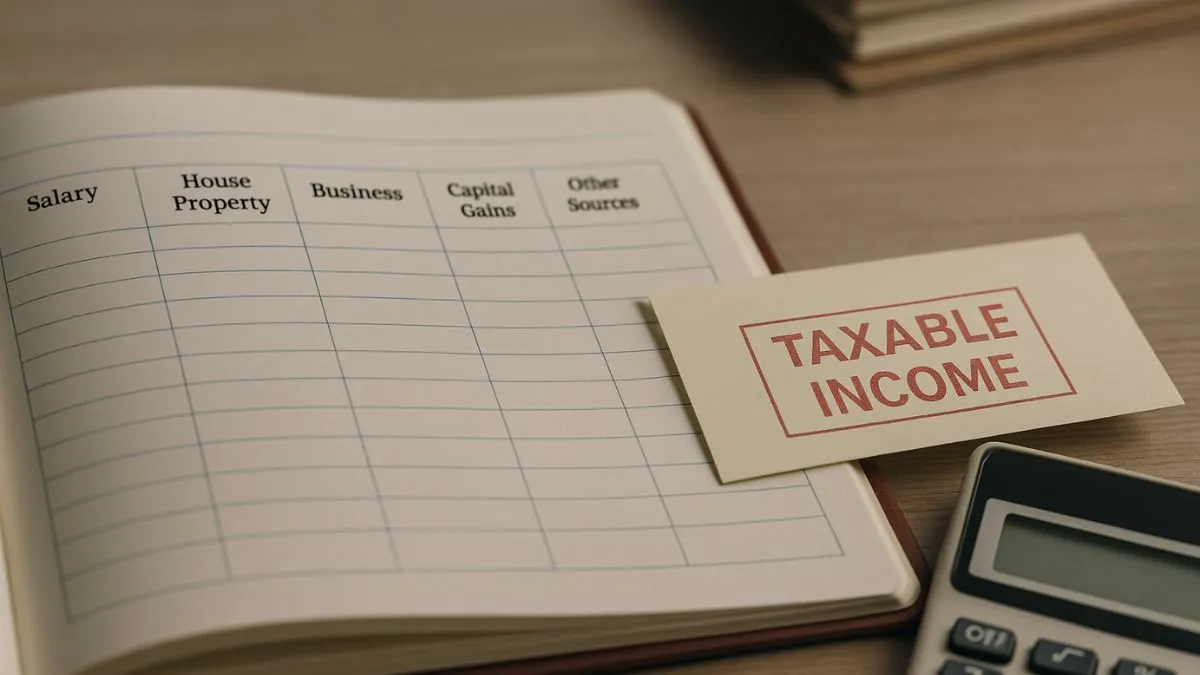
Is NPS Allowed in the New Tax Regime?
NPS Tax Benefits Explained for FY 2024–25 | Section 115BAC
The National Pension System (NPS) has long been a favourite tax-saving and retirement tool for Indian taxpayers. With the introduction of the new tax regime, many are now asking:
“Is NPS tax deduction allowed under the new tax regime?”
Let’s break down the treatment of NPS under both tax regimes and understand how it impacts your tax savings.
✅ What Is NPS?
NPS (National Pension System) is a government-backed voluntary retirement savings scheme regulated by the Pension Fund Regulatory and Development Authority (PFRDA). It allows individuals to contribute during their working years and withdraw a portion at retirement while using the remaining for a regular pension.
NPS comes with multiple tax benefits under the old regime, particularly:
• Section 80CCD(1) – Part of ₹1.5 lakh limit under 80C
• Section 80CCD(1B) – Additional ₹50,000 deduction (over 80C limit)
• Section 80CCD(2) – Employer’s contribution, up to 10% of basic salary + DA
But how does this change under the new tax regime?
❌ NPS Deductions Not Allowed in the New Regime (Except One)
The new tax regime under Section 115BAC comes with concessional slab rates, but removes most deductions and exemptions, including:
• Section 80C (which includes NPS under 80CCD(1))
• Section 80CCD(1B) – ₹50,000 additional benefit
• 80D, 80G, HRA, LTA, etc.
🚫 Therefore:
If you choose the new tax regime, you cannot claim:
• Deduction of ₹1.5 lakh under Section 80C/80CCD(1)
• Additional ₹50,000 under Section 80CCD(1B)
✅ What NPS Benefit Is Allowed in the New Regime?
The only NPS-related deduction allowed under the new regime is:
👉 Section 80CCD(2) – Employer’s Contribution to NPS
• Deduction available up to 10% of salary (Basic + DA)
• For central government employees, the limit is 14%
• This is over and above your contribution
💡 This deduction is allowed because it is not part of Chapter VI-A deductions, which are mostly disallowed in the new regime.
📊 Example: Tax Comparison With NPS
Let’s say your salary is ₹10,00,000 annually and:
• You contribute ₹50,000 to NPS (self)
• Your employer contributes ₹1,00,000 to your NPS
Under the Old Regime:
• ₹50,000 under Section 80CCD(1B) is deductible
• Employer’s ₹1,00,000 under 80CCD(2) is also deductible
✅ Total deduction = ₹1,50,000
Under New Regime:
• ₹50,000 (self-contribution) not allowed
• ₹1,00,000 (employer contribution) allowed
✅ Total deduction = ₹1,00,000
So, if your NPS contributions are substantial, the old regime provides more tax relief.
🧠 Should You Choose a New Regime if You Invest in NPS?
Stick to the old tax regime if:
• You invest in NPS for tax savings
• Your total deductions (including 80C, 80D, HRA) exceed ₹2.5 lakh
• You want to claim both employee and employer NPS deductions
Consider the new regime if:
• Your employer contributes to NPS, but you don’t
• You have no other deductions or exemptions
• You prefer a simplified tax structure
🔍 Important Clarifications
| NPS Benefit | Old Regime | New Regime |
| ₹1.5L under 80C/80CCD(1) | ✅ Yes | ❌ No |
| ₹50,000 under 80CCD(1B) | ✅ Yes | ❌ No |
| Employer contribution (80CCD(2)) | ✅ Yes | ✅ Yes |
✅ Final Words
NPS deductions under Section 80CCD(1) and 80CCD(1B) are NOT allowed in the new tax regime.
However, employer contributions under Section 80CCD(2) are still allowed, making NPS partially beneficial even under the new regime.
To maximise tax benefits from NPS, many taxpayers may find the old regime more advantageous, especially if they contribute personally and claim other deductions.











